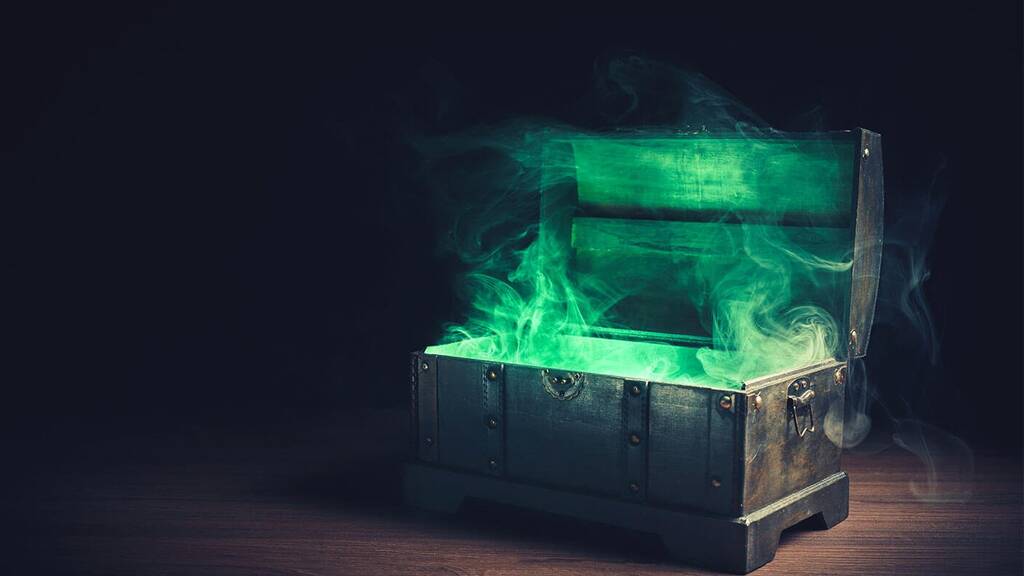

When testing a hypothesis, belief or question, there are usually four kinds of evidence to consider: evidence for and against that hypothesis, belief or question, and evidence for and against alternative hypotheses or its negative (i.e., that the hypothesis being tested is wrong). Ĭonfirmation bias often takes the form of positive test strategy. Alternative perspectives and disconfirming evidence tended to be placed farther down in the story or buried. The articles tended to lead with the White House’s perspective. By contrast to earlier careful distinctions made by these papers between terrorism and the acquisition of WMD during 1998 tensions between India and Pakistan, Moeller found that these articles broadly accepted the linkages between terrorism and WMD made by the Bush administration and its assertions that war with Iraq would prevent terrorists from gaining access to WMD. Many exhibited confirmation bias, as revealed by a 2004 analysis by Susan Moeller, a professor of media and international affairs and director of the International Center for Media and the Public Agenda at the University of Maryland. In 2002, during the buildup to the United States’ invasion of Iraq, major newspapers including The Washington Post, The New York Times, The Los Angeles Times, The Guardian, The Daily Telegraph and The Christian Science Monitor ran a total of 80 front-page articles on weapons of mass destruction, between Oct. air strikes in the Middle East.Ĭonfirmation bias in coverage of the Iraq War Take for example this audio clip in which Pulitzer Prize-winning New York Times reporter Azmat Khan discusses how confirmation bias affected decisions about U.S. I believe debiasing training can help journalists recognize and reduce the influence of cognitive biases in their own judgments and decisions, and see it in the actions and statements of the people they cover in their stories. Many of the same cognitive biases apply to journalism.
Did people or nature open pandoras box at wuhan professional#
They can also give examples, feedback and practice and offer actionable strategies to reduce each bias, which can improve professional judgments and decisions, from intelligence analysis to management. Debiasing training interventions teach people about biases like confirmation bias. It can be reduced with training that targets specific biases. I have found that susceptibility to cognitive biases is not an immutable property of the mind. Īs a behavioral scientist, my research examines the causes and consequences of cognitive biases and develops interventions to reduce them.


And it can leave journalists susceptible to deliberate misinformation campaigns. It can affect an editor’s choice to assign certain stories to one reporter versus another.

If the pitch is accepted, it can determine the questions the reporter decides to ask - or declines to ask - while investigating the story. In journalism, confirmation bias can influence a reporter’s assessment of whether a story is worth pitching and an editor’s decision to greenlight a story pitch. Confirmation bias influences the questions we explore in both our professional and personal lives, whether our investigation is on behalf of an audience of millions or an audience of one. We also interpret evidence in ways that confirm rather than disconfirm that question, hypothesis or belief, and we are more likely to perceive confirming evidence to be more important than disconfirming evidence. We are more likely to search for evidence that confirms than disconfirms the question, hypothesis or belief we are testing. When we ask a question, test a hypothesis or question a belief, we often exhibit confirmation bias. JConfirmation bias in journalism: What it is and strategies to avoid itīy Carey Morewedge, The Journalist's Resource June 6, 2022 Confirmation bias in journalism: What it is and strategies to avoid itīy Carey Morewedge, The Journalist's Resource


 0 kommentar(er)
0 kommentar(er)
